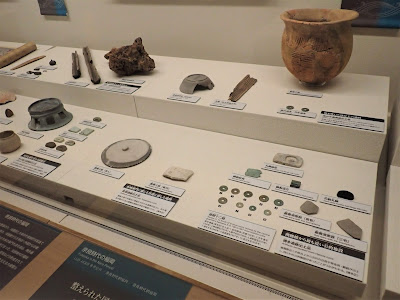The novel coronavirus pandemic has changed our way of living drastically. Wearing a mask and washing and sanitizing our hands have become requisite. We spend more time at home; work and attend classes online. Under such circumstances, the Fukuoka City Museum is also taking preventive measures against the spread of coronavirus by postponing the exhibition period, or introducing the timed entry reservation system.
In this exhibition, we will introduce exhibition collections related to life and disease in four categories, to explain how people reacted, and more importantly, lived in periods of a pandemic.
#1 Confronting Infectious Diseases
There are times when people confronted infectious diseases. In this section, we’d like to present the Spanish flu in the Taisho Era, Corella in the Meiji Era and smallpox in the Edo Era, to understand how the disease spread and how people reacted to them.
#2 Artifacts that Stayed Home
A lot of exhibitions and events were cancelled all over Japan due to the spread of the novel coronavirus. For this reason, some of our collections scheduled to be lent to other museums had to stay home. In this section, we’d like to introduce the items that had to stay in the museum.
#3 Living with the Unseen -Things that Dwell Inside or Outside-
We have always coexisted with the invisible: disease, disaster, nature, god. People had either deified them or tried to repel them at some point in time. In this section, we’d like to present the way people dealt with the unseen.
#4 Disease and Kabuki Theatrical Play
Kabuki is a traditional theatrical act that has attracted many citizens since its first appearance in the Edo period. In this section, we would like to exhibit some Kabuki related items that have a strong connection with infectious diseases.





























